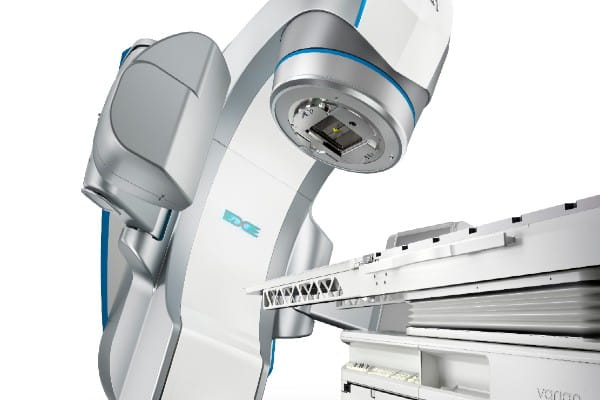Cervical Radiculopathy Overview
What is cervical radiculopathy?
Cervical radiculopathy, also known as a pinched nerve, is the pain, muscle weakness and/or numbness down an arm that occurs when the nerves exiting the spinal cord in the neck are inflamed or compressed. This can create pain, weakness, and/or numbness down the arm(s).Who gets it and when?
Anyone can develop this common condition, though it occurs more frequently in adults. Certain age groups are more likely to have cervical radiculopathy based on the different conditions that cause it.Cervical Radiculopathy Causes and Risk Factors
What are the causes and risk factors of cervical radiculopathy?
In general, risk factors for cervical radiculopathy include poor physical fitness or muscle tone, poor posture, obesity, diabetes, tobacco, and family history of spine issues. Patients younger than 50 with cervical radiculopathy will often have by a soft herniated disc. People in their 50s or 60s are more likely to develop it due to disc degeneration and buildup of calcium around the nerve, while those over age 70 usually experience it due to cervical spondylosis, osteoarthritis of the neck or foraminal stenosis caused by bone spurs.
Cervical Radiculopathy Symptoms
What are the signs and symptoms of cervical radiculopathy?
Symptoms, which can occur in any part of the arm or hand, are typically experienced on only one side. They include:
- Pain (typically sharp or burning, and sometimes lessens or worsens depending on head movement)
- Tingling
- Muscle weakness
- Numbness
- Weak reflexes
Cervical Radiculopathy Diagnosis
How is cervical radiculopathy diagnosed?
Because there are many conditions with symptoms that include numbness or nerve issues, your provider may need to consider and rule out multiple possibilities before reaching a diagnosis of cervical radiculopathy. This process usually begins with a medical history and physical exam.
Diagnostic imaging may include an X-ray, MRI and/or CT myelogram. Another diagnostic test that might be used is the Electromyogram, or EMG.
Cervical Radiculopathy Treatment
How is cervical radiculopathy treated?
Fortunately, the majority (more than 50%) of cervical radiculopathy cases improve on their own in eight to 12 weeks. If not, treatment will depend on the cause and may include the following:
Medical
Over-the-counter NSAIDs, such as aspirin, ibuprofen (Advil/Motrin), naproxen (Aleve, Naprosyn) may be used, as well as prescription-level anti-inflammatories/NSAIDs and corticosteroids (oral prednisone).
Physical Therapy
Physical therapy will depend on the cause of the condition but will likely include exercises focusing on strengthening the neck muscles and increasing range of motion. Therapy may also include corrections to posture or lifting techniques, as well as work hardening, which is a highly structured program to help patients return to their pre-injury work level. If there has been any significant atrophy in the arm muscles, the goal is to regain strength.
Non-Surgical Procedures
Targeted cervical epidural steroid injections in the cervical spine are often administered by a pain specialist.
Immobilization
Your health care provider may recommend immobilizing your neck with a soft neck collar. This will minimize the movements of the neck to avoid aggravating the nerve root — usually for no more than two weeks, as it can lead to muscle loss or atrophy.
Surgical
Neck surgery may be needed in some situations, depending on the cause. Possible procedures include an anterior cervical discectomy and fusion (ACDF), an artificial disc replacement (ADR) or arthroplasty or a posterior cervical foraminotomy and diskectomy.


